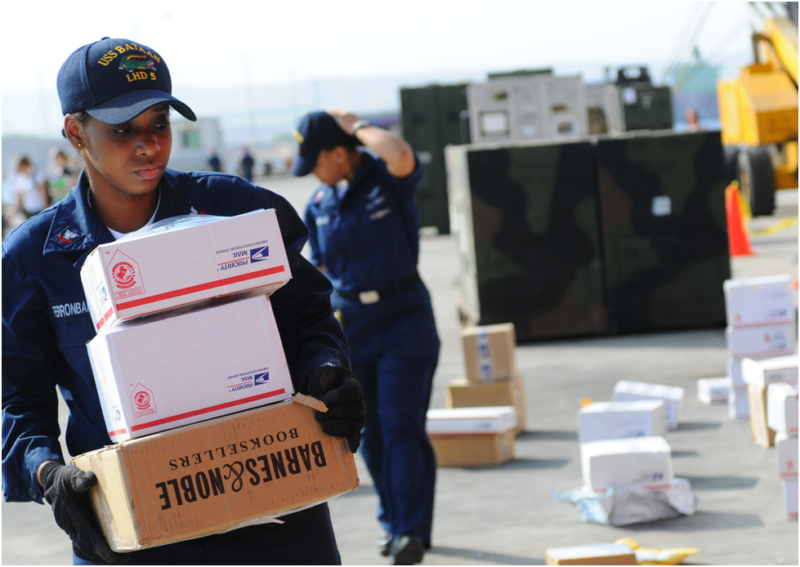5 Supply Chain Challenges You Need To Plan For In 2022

Managing a supply chain is challenging work. With myriad problems affecting the supply chain every day, every organization has a duty to its customers to ensure optimal delivery and accuracy and its shipments. Unfortunately, damage, theft, impacts, temperature issues, and more can affect cargo as it moves along supply routes. Regardless of your business size, supply chain issues can occur anytime, anywhere, for any reason at all. That’s why it’s necessary to use technology and specialized tools to ensure your supply chain is running smoothly and the customers get their cargo promptly and securely delivered to them. This article will cover five supply chain challenges that you should be prepared for to help achieve your business goals. Check it out below.
Impacts
Impact recorders (also known as shock loggers) are sort of the industry standard for tracking damage to your shipments. These unassuming devices simply log any impacts that occur when a certain threshold is exceeded. Impact damage to shipments is surprisingly prevalent in most supply chains. It can cause untold damage, destroy products, and ultimately cost a lot of money in the long run. That’s why using them to monitor what’s happening while your cargo is moving is so critical. Impact recovers are ingenious devices that can be used to monitor, assess, and discover issues caused by mishandling while cargo is in transit. Vibration and impacts can cause significant damage to cargo, making impact recorders one of the most important tools you can have at your disposal.
Temperature
Temperature plays an important role in a vast array of shipping and receiving throughout the supply chain. Everything from food to pharmaceuticals relies on maintaining certain temperatures to avoid damage or spoiling. One of the many challenges in cold chain shipping is keeping things at the right temperature. Poor refrigeration, lousy storage, mishandling, and other issues can all combine to create an environment where the product gets destroyed. This is bad for business and can ultimately hurt everyone from the consumer to the organization itself. Consider utilizing time-temperature indicators for all your temperature monitoring needs. Utilizing such tools can help keep your temperature-sensitive products safe while providing a clear line of insight into any potential cold chain problems you might be experiencing.
Humidity
Although it isn’t regularly mentioned in the news—temperature and humidity issues rarely have the newsy impact of reports regarding theft and shortages—humidity damage to cargo can be a significant issue. Humidity damage is a pretty big issue in the shipping industry and can adversely affect products that are exposed too long to poor conditions. Condensation and humidity can mess up cargo. A little too much humidity can result in mold, mildew, rust, and damage to sensitive electrical components. Condensation can get into the nooks and crannies of various boxes and lead to other water damage. Humidity sensors are an important tool for attenuating these risks (it also helps that they keep humidity levels at the proper level). By using humidity sensors and being proactive, shippers can help protect their cargo and save money in the long term.
Theft
Outside of raw materials shortages and high fuel costs, theft can be a serious issue along any supply chain. You’ve undoubtedly heard about supply chain bottlenecks and material shortages that are affecting the country. But did you know that theft is also a significant issue right now? Theft rose sharply in 2021 and only shows signs of increasing in 2022. Much of it can be attributed to congestion in the supply chain and cargo filling up at ports just sitting there waiting to be stolen. Thieves will see an opportunity and target anything they might believe is worth taking.
Moreover, theft can have a significant impact on the supply chain, causing product shortages, rising prices, and contributing to the already existing large amount of supply chain bottlenecks. Theft can happen at any stage of the supply chain, including the raw materials stage, when manufacturing finished products, and when freight is traveling across the globe. Preventing theft using technology is critical for ensuring a smoother flow of goods and keeping costs down. RFID tracking tags, impact monitors, tilt monitors, and vibration sensors can all be effective deterrents.
Lost Shipments
Just like theft, lost shipments have seen an uptick in recent years. Shipping costs are higher than ever right now, too. And that makes the toll of theft or lost shipment all the more devastating for your operation. That’s not even taking into account the sheer difficulty of tracking things along supply routes. To prevent lost shipments, consider using RFID asset tracking technology. RFID uses radio frequency identification to store and retrieve data. Asset tags are ideal for tracking inventory. If you have a warehouse, it’s important to know if your products are being inventoried correctly and promptly. RFID tags are perfect for that.
The same goes for tracking shipments and sending deliveries (small packages or large-scale cargo). It doesn’t hurt that using RFID tags to track items will allow for more efficient inventory management, giving companies more insight into managing/mitigating shipment issues across their entire supply chain. By utilizing tracking systems, you can cut back on potential lost shipments. And save money over time, instead of worrying about replacing items or losing them.

